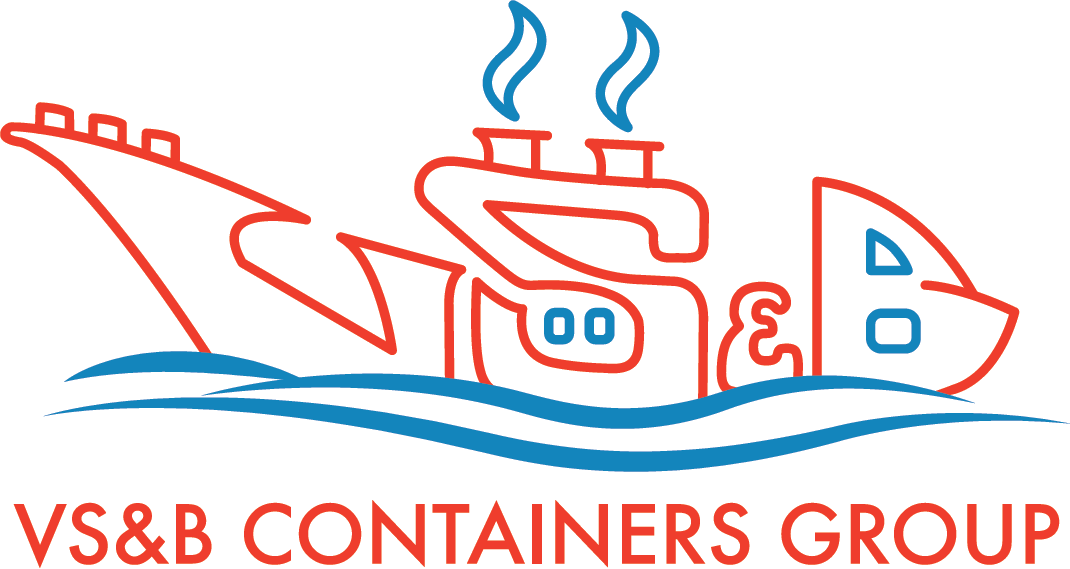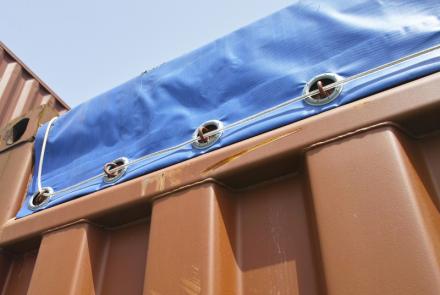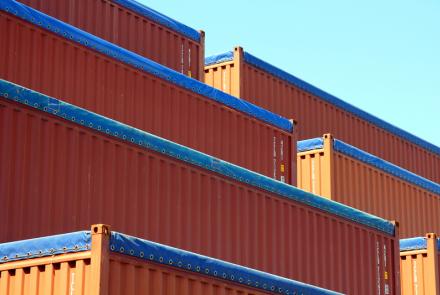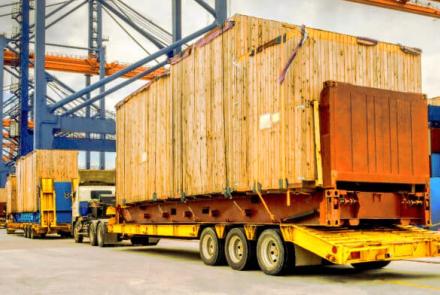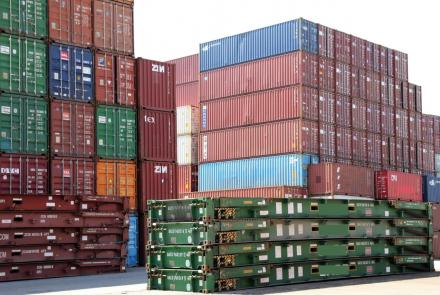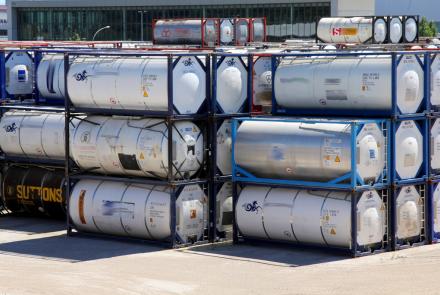Safety measures for the shipment of dangerous goods by sea
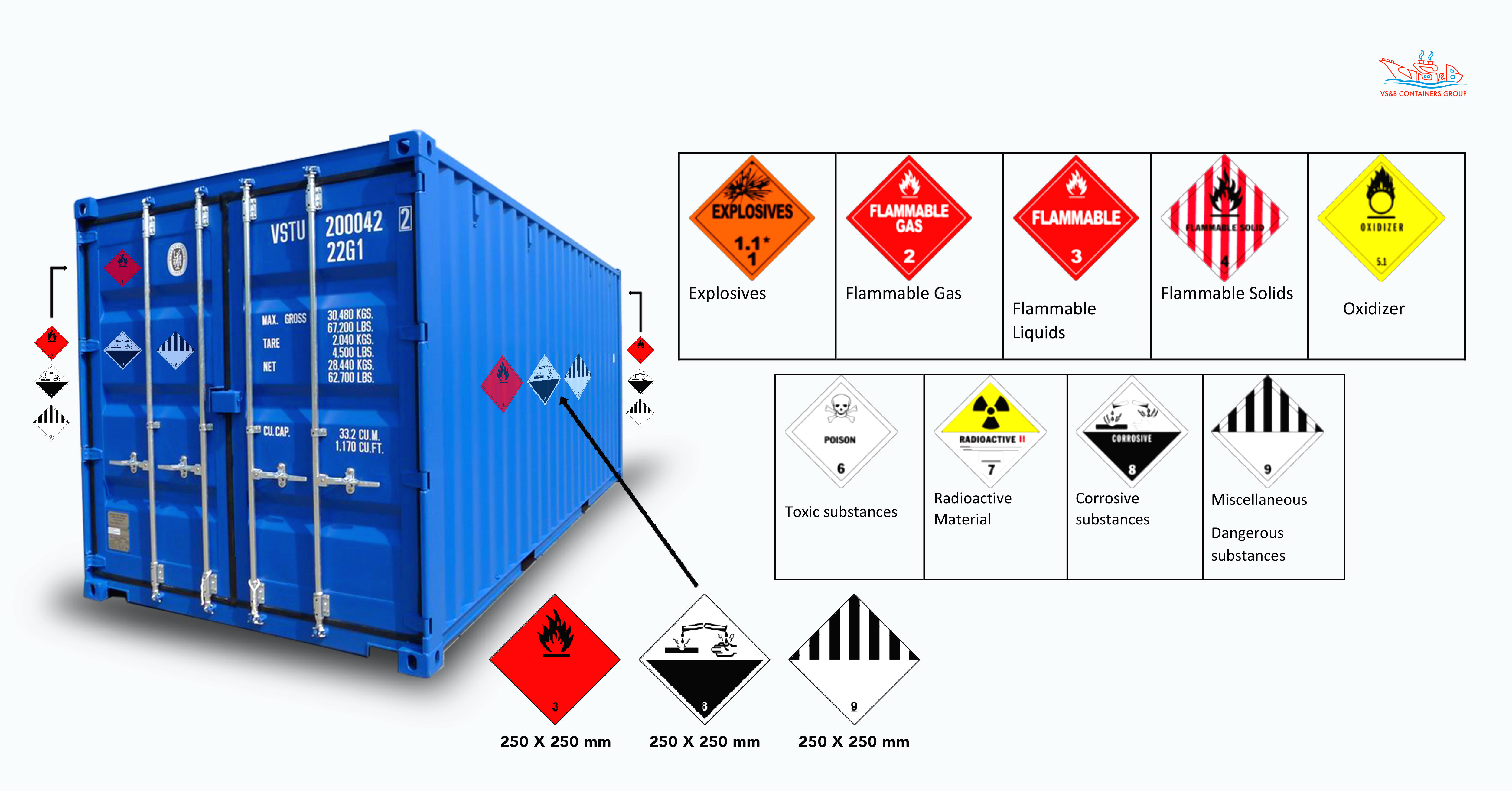
Let’s be aware of the difference between “dangerous goods” and “hazardous material” before discussing the subject in detail. Although both these terms might appear to denote the same meaning to a non-specialist, these terms are used in different contexts and signify different meanings.
Substances or objects that present an instantaneous threat to people, property and the surroundings due to the very nature of its physical and chemical features are termed as “Dangerous goods”. In other words, Dangerous goods present an imminent chemical or physical danger to the surroundings, including property and people.
A product, material, or substance that involves the threat to cause injury to a person’s health - short term or long term, is termed as “Hazardous material”. Common types of hazardous material are asbestos, acids, pesticides, and heavy metals.
Strictly from a practical point of view, there could be an overlap between ‘dangerous goods’ and ‘hazardous material’. Hence, irrespective of whether the goods are identified as ‘dangerous goods’ or ‘hazardous material’, care should be taken to ensure that the safety protocols are strictly followed to minimize the risks.
The transport of dangerous goods by sea is governed by The International Maritime Dangerous Goods Code (IMDG) implemented in 1965 to prevent incidents of pollutions at sea. It also guarantees that standard packaging procedures are followed for all goods transported by sea. IMDG is a uniform code and hence applicable to cargo ships all over the world.
The United Nations’ panel of experts on transportation of hazardous goods, together with The International Maritime Organization (IMO) created the IMDG code. Marine transportation is continually evolving, hence it is essential that the IMDG code keeps pace with the changes taking place. For this reason, amendments to the code are proposed every two years by the member countries of the IMO, and a final decision on implementation of recommendations is taken by an expert panel of the UN, based on merit.
Transportation of dangerous cargo by sea is a complex process. Utmost care has to be taken while classifying the goods as per the level of danger it carries. The following is a list of nine clauses by which the dangerous goods are classified:
Category I: Explosives
Category II: Gaseous Material
Category III: Inflammable Liquid
Category IV: Inflammable Solids
Category V: Material comprising peroxides and oxidizing agents
Category VI: Toxic and infectious substances
Category VII: Radioactive substances
Category VIII: Corrosive substances
Category IX: Miscellaneous goods that cannot be identified under the above categories, but are still dangerous.
Approximately 150 counties are signatories to the IMDG Code, and 98% of ships strictly follow the guidelines stipulated. This is an indication of the level of preparedness and adherence to safety norms followed by the shipping firms world over.
An expert panel of The UN on the shipment of dangerous goods has illustrated signs for categorizing cargo centred on its chemical & physical features, and the degree of hazard it carries.
During occasions when dangerous goods and non-dangerous goods are shipped in the same container, they should be closely packed, braced, and secured for transportation.
If packed in combination, the hazardous goods should be packed in zones where it can be quickly reached in an emergency, for e.g., areas close to the container doors for easy access.
Safety Pays!
Practising safety in all spheres of lives assumes paramount importance because one callous mistake can cost a fortune in terms of life and property. Safety measures make life easier, and create a productive working environment for employees and employers alike.
